
52287450834_30a69ecfdc_b.jpg from: https://www.flickr.com/photos/162790251@N07/52287450834
Exploring the Fascinating World of Pogonatum microstomum Moss
Introduction
Mosses are some of the most ancient and resilient plants on Earth. One particularly interesting species is
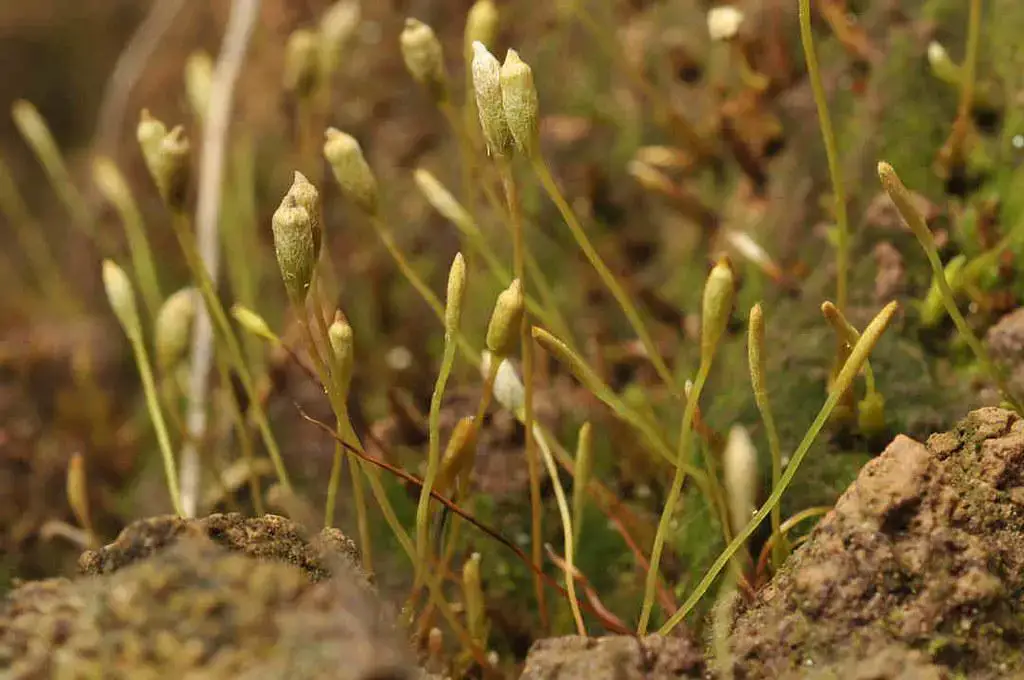
7877823246_38e3300660_b.jpg from: https://www.flickr.com/photos/gjshepherd/7877823246
Pogonatum microstomum (R.Br. ex Schwägr.) Brid., a moss in the Polytrichaceae family. Also known simply as Pogonatum, this tiny but mighty plant is worth taking a closer look at. In this post, we’ll dive into the details of P. microstomum and discover what makes it so special.
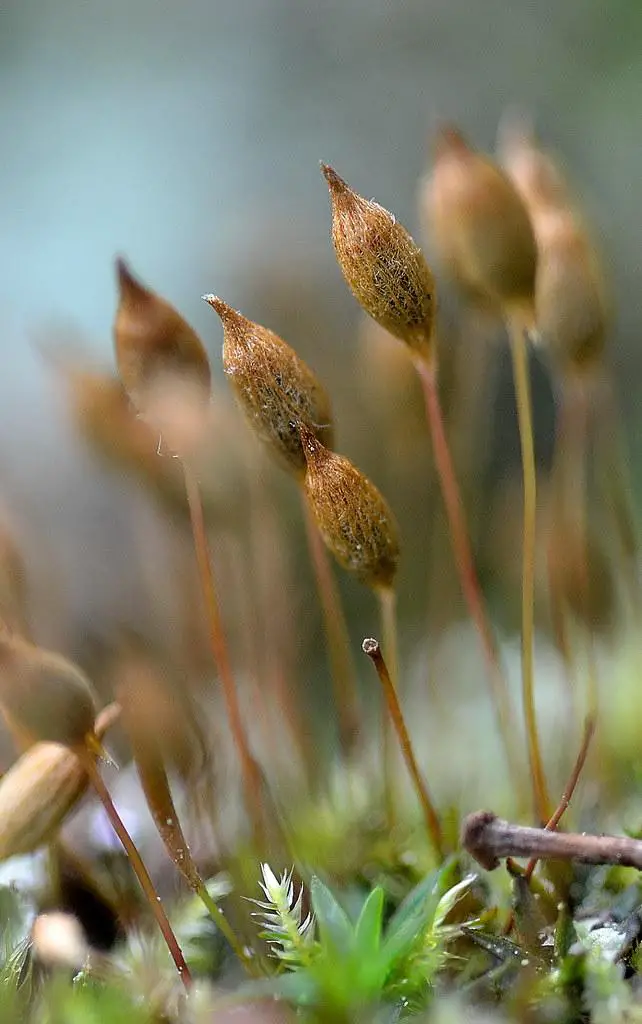
49080910056_ed7188b324_b.jpg from: https://www.flickr.com/photos/160357073@N04/49080910056/
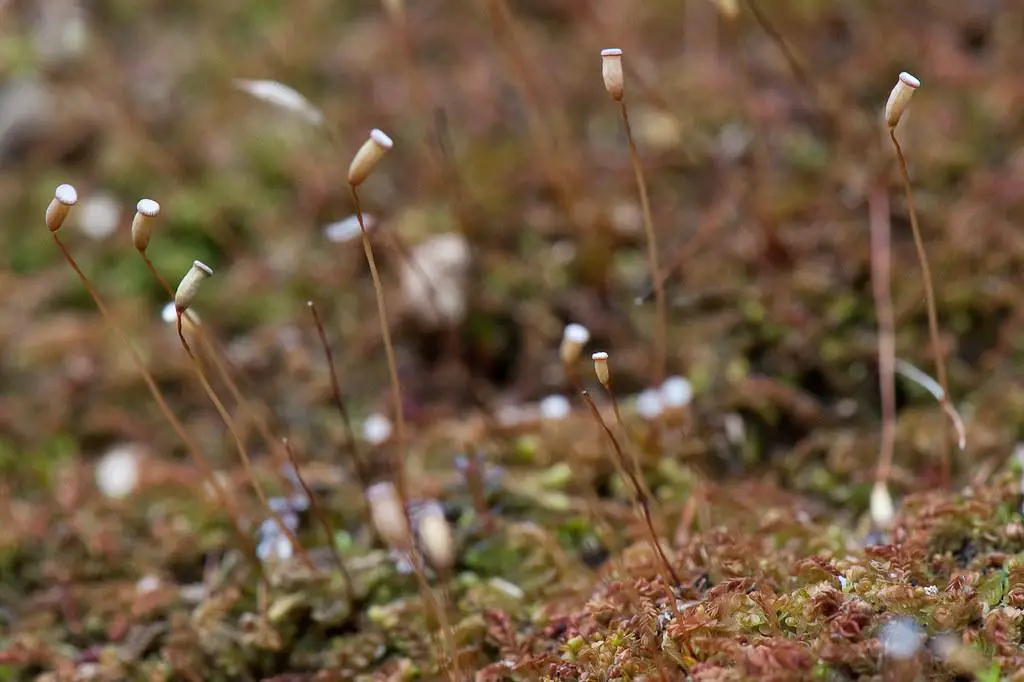
4580429283_066baa0e80_b.jpg from: https://www.flickr.com/photos/stephenbuchan/4580429283
Background
Mosses are non-vascular plants in the division Bryophyta. Unlike other land plants, they lack true roots, stems, and leaves. Instead, they have rhizoids, a stem-like structure called a seta, and leaf-like structures called phyllids. Mosses reproduce via spores rather than seeds and are found in diverse habitats worldwide.
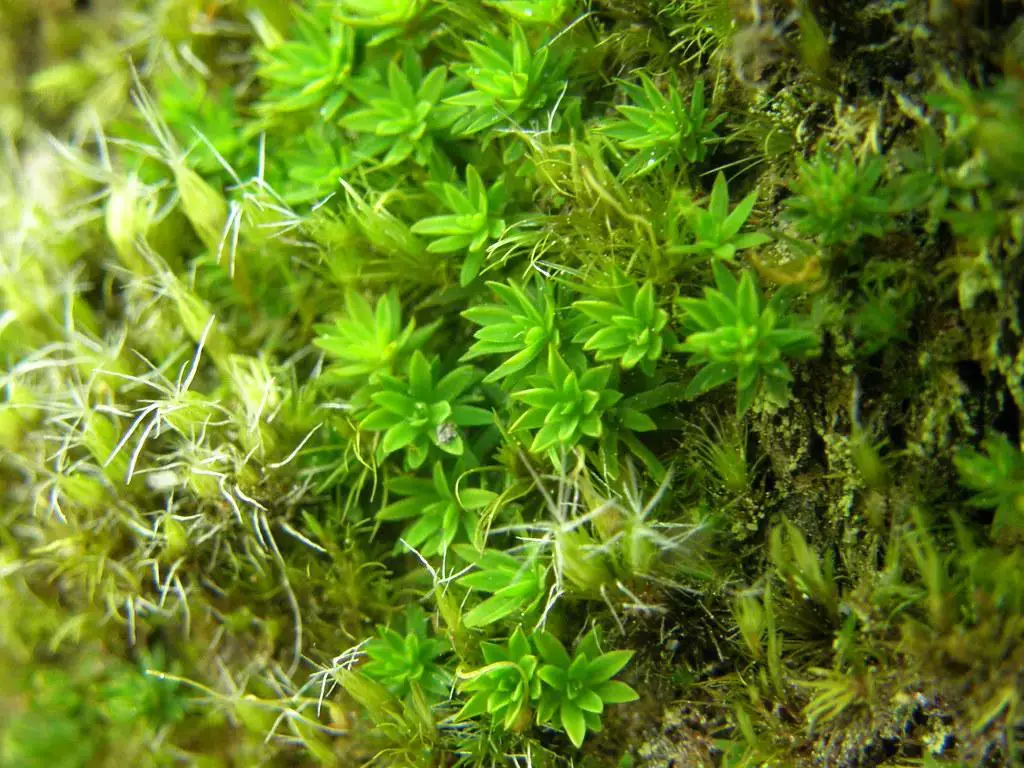
49122429528_261fd5603b_b.jpg from: https://www.flickr.com/photos/141335528@N07/49122429528
The Polytrichaceae are a family of mosses known for their relatively large size and complex structure compared to other mosses. Pogonatum
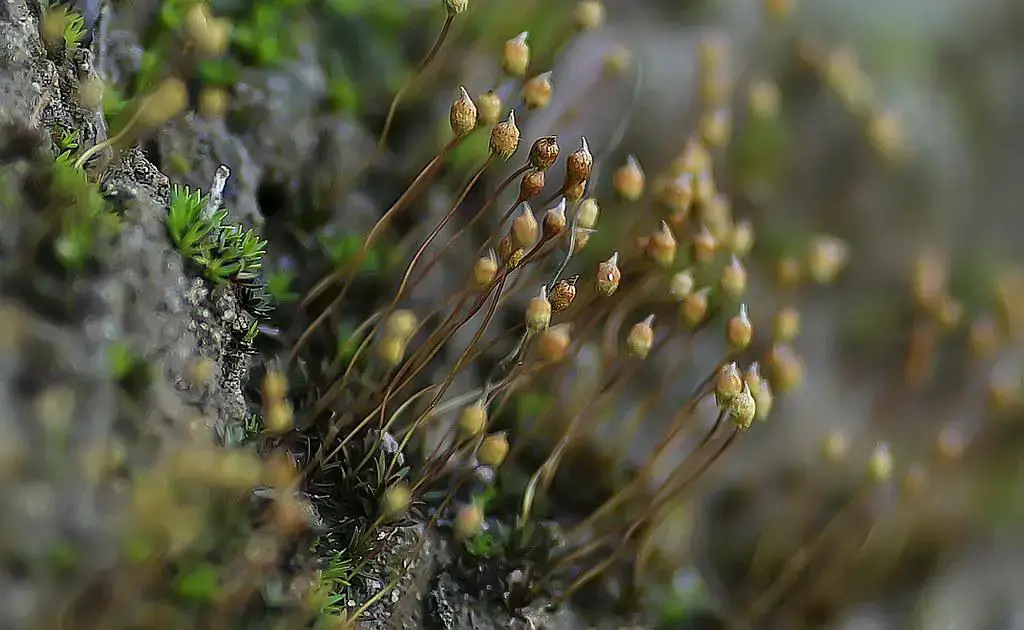
16147755902_e4f6a98657_b.jpg from: https://www.flickr.com/photos/83637132@N02/16147755902/
is one of around 23 genera in this family.
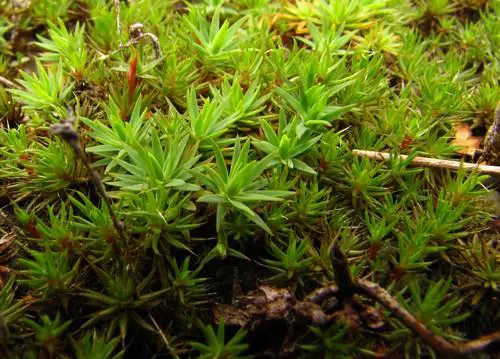
5032387615_31338e146d.jpg from: https://www.flickr.com/photos/12639178@N07/5032387615/
Morphology and Identification
Pogonatum microstomum forms dense tufts or mats. Its shoots are typically 1-4 cm tall. The leaves are lanceolate (lance-shaped), 3-6 mm long, with toothed margins near the apex. When dry, the leaves become crisped and contorted.
A key identifying feature is the cylindrical capsule born on a 1-3 cm long seta. The capsule has a characteristic hairy calyptra (hood) covering a short, conical operculum (lid). Spores are released from the capsule to reproduce.
Global Distribution and Habitat
P. microstomum has a wide distribution, found in Asia, Africa, Australia, and the Pacific. It grows in various habitats including disturbed soil, termite mounds, and as a pioneer species on road cuts and landslides. In Australia, it is common in coastal areas and extends into drier inland regions.
Ecological Roles and Adaptations
As a pioneer species, P. microstomum helps stabilize disturbed soils and paves the way for other plants to colonize the area. Its ability to survive harsh conditions and reproduce quickly allows it to play this vital role.
The hairy calyptra covering the capsule may help protect developing spores from damage by UV radiation, desiccation, and herbivory
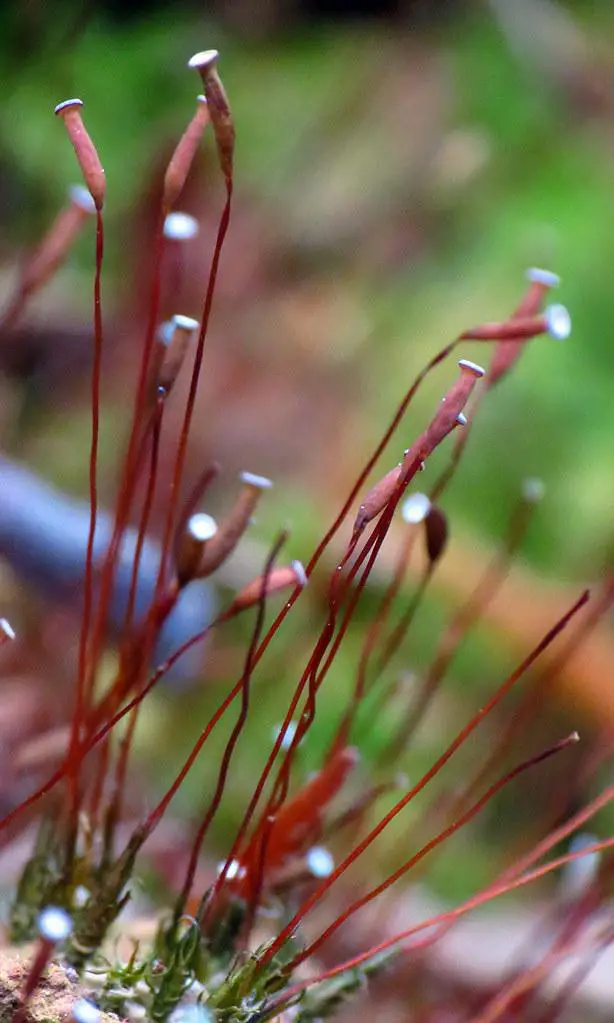
48963405178_25621ccf93_b.jpg from: https://www.flickr.com/photos/blueridgekitties/48963405178/
. The teeth on the leaf margins could aid in moisture retention.
Conclusion
Pogonatum microstomum may be small, but it has an important place in the ecosystems where it grows. From anchoring soils to showcasing unique adaptations, this mighty moss reminds us that even the most unassuming species have an interesting story to tell. What other secrets might the world of mosses hold? The next time you see a patch of moss, take a moment to appreciate the complexity and resilience of these ancient plants.

34450495735_c3aa78fdb4_b.jpg from: https://www.flickr.com/photos/87161179@N04/albums/72157683412464535
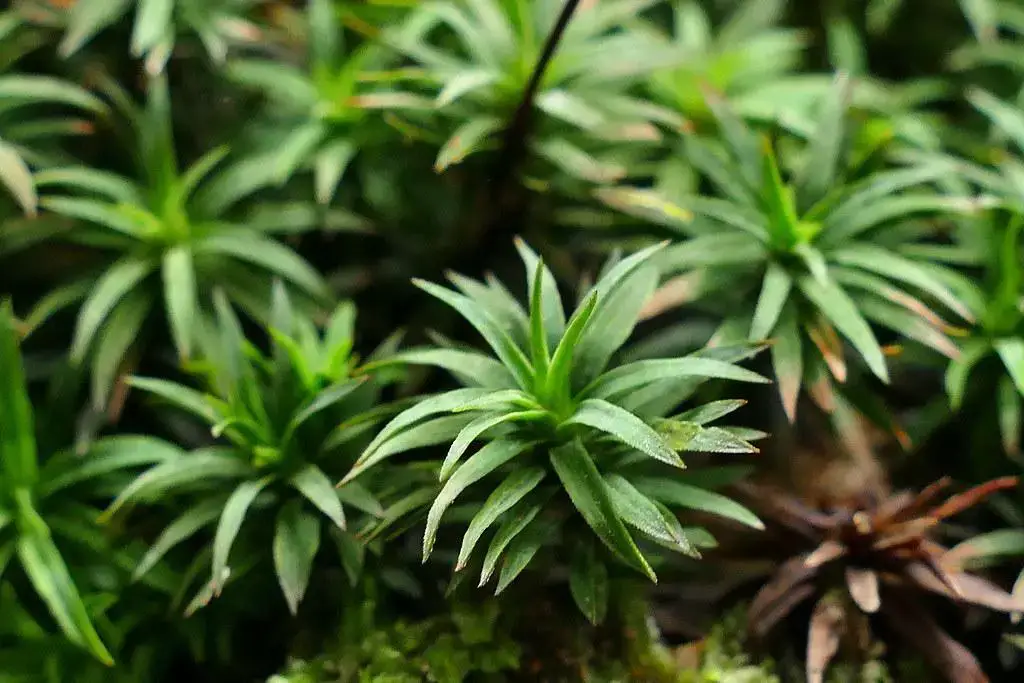
52394718638_80410579b9_b.jpg from: https://www.flickr.com/photos/ben_caledonia/52394718638/